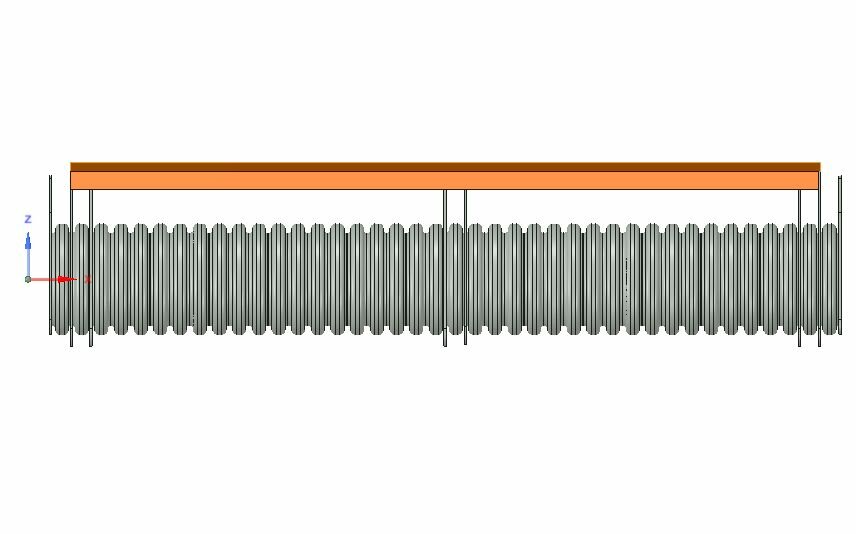Project design of pontoons of Mooring facilities





The design of the pipe float for plastic pontoons uses a special double-walled plastic pipe made of high density polyethylene (HDPE) with a diameter depending on the required load capacity. As a material for the production of pipes, primary raw materials with special additives are used, which makes the walls of the pontoon stiff on the one hand, and on the other hand resilient and able to withstand high loads.
Special additives serve as protection against ultraviolet radiation and decomposition of polyethylene. Do not use pipes made of low-quality or secondary raw materials, since during operation it is possible to destroy the float.
The double wall of the pipe serves as a damper and protects the pontoon float from impacts and, while maintaining the stiffness class, is significantly lighter than a similar integral HDPE pipe.
Correctly welding the elements of the pontoon float ensures high reliability of the finished product due to the fact that between the parts there is a connection at the level of intermolecular bonds
A pipe pontoon float has a number of advantages compared to modular pontoons:
The round shape withstands greater loads than a rectangular one, and the double wall provides reliable protection against lateral loads;
A large number of diameters of the floats allows you to choose the best and to place more weight on a smaller area;
Constructions from pipe pontoons are more convenient to assemble, disassemble and transport;
Such designs allow you to create reliable designs of any size and shape;
The pontoon float allows you to build complex floor structures for flooring;
The pontoon float is very resistant to precipitation. When immersing up to 50% and cleaning the floor from snow and ice it can be left in the water.
A properly distributed load allows the use of such pontoons in almost any environment, especially considering light maintainability.





Comments